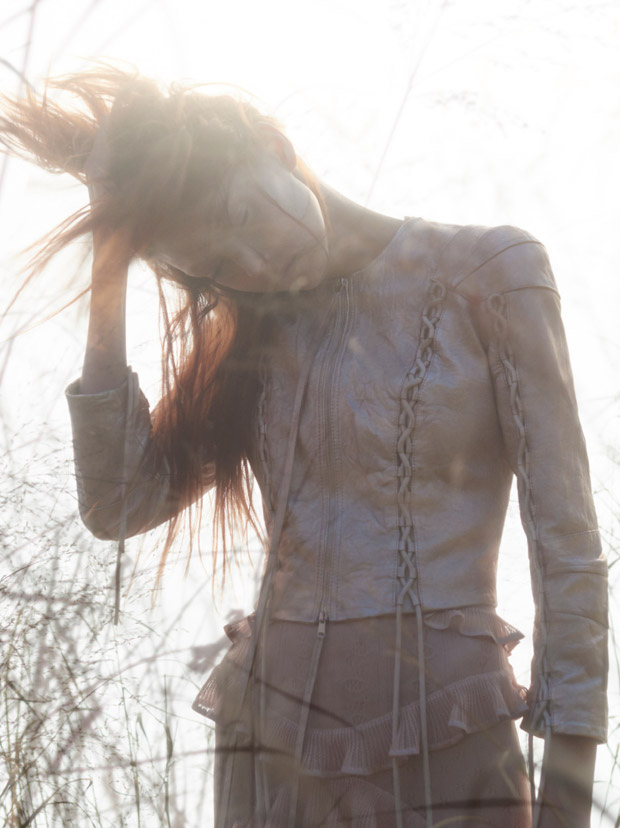
It’s no secret that the fashion industry frequently looks to the past for inspiration. Vintage-inspired clothing has dominated the past decade, driving designers to integrate earthy colors and relaxed silhouettes into their collections. However, in recent years, brands are setting their sights even farther back in time as corsets and floral prints have become the star of every runway.
Initially, corsets gained popularity during the Renaissance in European courts. Women utilized this method to achieve robust, hourglass figures by tightening the waist and emphasizing the chest. In the early 20th century, the full corset faded into obscurity, but hints of the iconic design remained in undergarments like bustiers.
Now, the fashion world is back to fully embracing corsetry as a symbol of empowerment and a tool for self-expression. On and off the runway, A-list celebrities capitalize on the trend, styling corsets with everything from jeans and a t-shirt to neon suits.
Exploring 18th-century fashion
Corsets aren’t the only 18th-century trend making their way into the mainstream modern fashion world. Today’s runways showcase dresses with voluminous petticoats, broad side-hooped skirts, and puffy Victorian sleeves. If you’re looking to incorporate a bit of flair into your wardrobe, consider purchasing 18th century women’s clothing and revamping your purchases with modern touches.

Moschino – Fall 2020
Inspired by the French elite of the 18th century, Jeremy Scott’s Fall 2020 ready-to-wear collection is a beautiful homage to a diverse period in time. Nearly every piece featured intricate golden brocade and massive panniers—it’s a wonder women could fit through door frames.
Scott modernized 18th-century fashion by pairing panniers with miniskirts made of sumptuous velvet and detailed furniture fabrics. Every piece was vibrant, with a few outfits influenced by the infamous phrase, “let them eat cake.” The endless parade of French Revolution-era looks sent a clear message that 18th-century fashion has a home in the modern age.
Louis Vuitton – Spring 2018 and Fall 2020
For Louis Vuitton’s Nicolas Ghesquière, looking to history for inspiration is second nature. His Spring 2018 ready-to-wear collection featured 18th-century-inspired frock coats, all paired with modern elements like basketball shorts and sneakers. Every frock coat was hand-made, with intricate embroidery, layered with complimentary waistcoats underneath. In 2020, he upped the gambit with floaty, layered petticoats mixed with sporty parkas and futuristic fitted tops for a one-of-a-kind collection.
Christian Dior – Fall 2014
For Christian Dior’s Fall 2014 haute couture collection, Raf Simons time traveled through the centuries. Though he isn’t known for finding inspiration in the past, he changed direction in 2014, creating pannier dresses and hourglass silhouettes undoubtedly influenced by 18th-century fashion.
His embroidered court jackets were ornate and popped against slim black pantsuits, while his finale featured dresses with corset-inspired busts, putting the final touches on a collection that spanned eras.
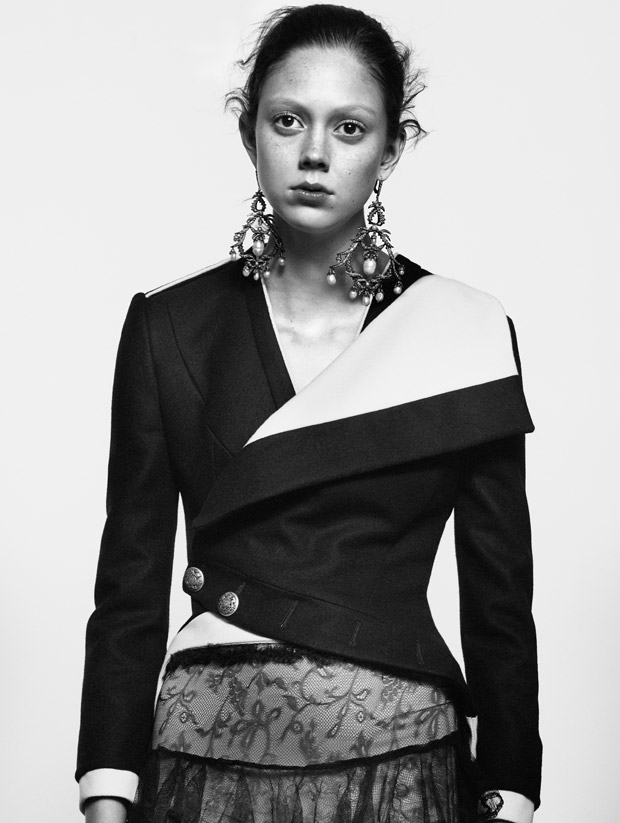
Alexander McQueen – Spring 2016
Though Alexander McQueen was known for stiff corsetry, when Sarah Burton took over as creative director, the Spring 2016 ready-to-wear show was much softer than many expected. Burton still looked to the past for inspiration but shifted gears to create dresses influenced by 17th and 18th-century Great Britain rather than France.
Her dresses were delicate and elegant, with endless ruffles adding an ethereal feeling to every outfit. However, corsetry still made an entrance with dresses designed with corset-like structure, providing a trendy 18th-century twist.
To wrap up
To this day, fashion designers are still enamoured by 18th-century Versailles. Historical influence seeps into runways and streetwear for a modern twist on past fashion trends. Although vintage 20th-century fashion has stolen the spotlight, designers continue to find creative ways of incorporating 18th-century design elements into contemporary style. If anything, corsetry and 18th-century flair will remain vital to the fashion industry for years to come.
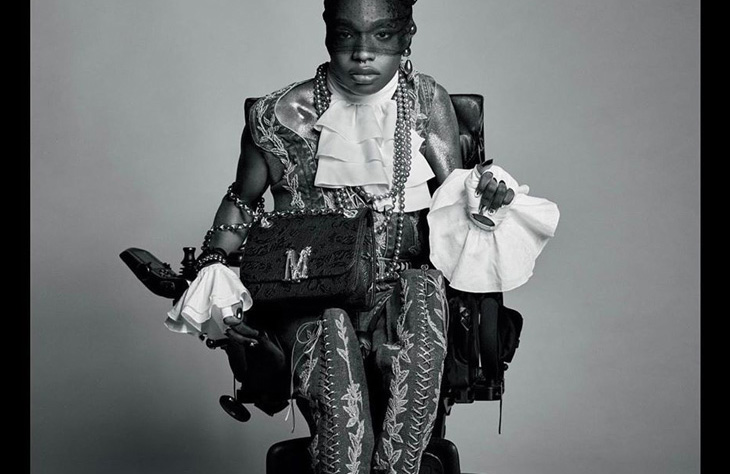













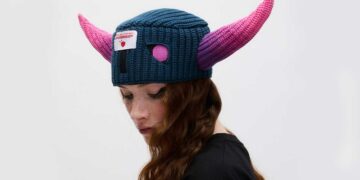



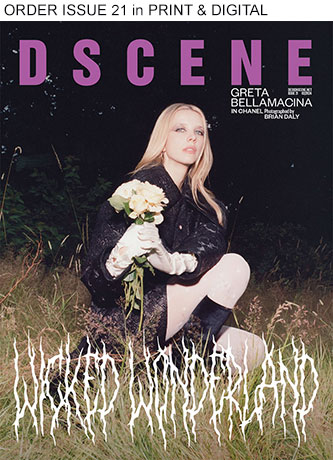

J’aime beaucoup !